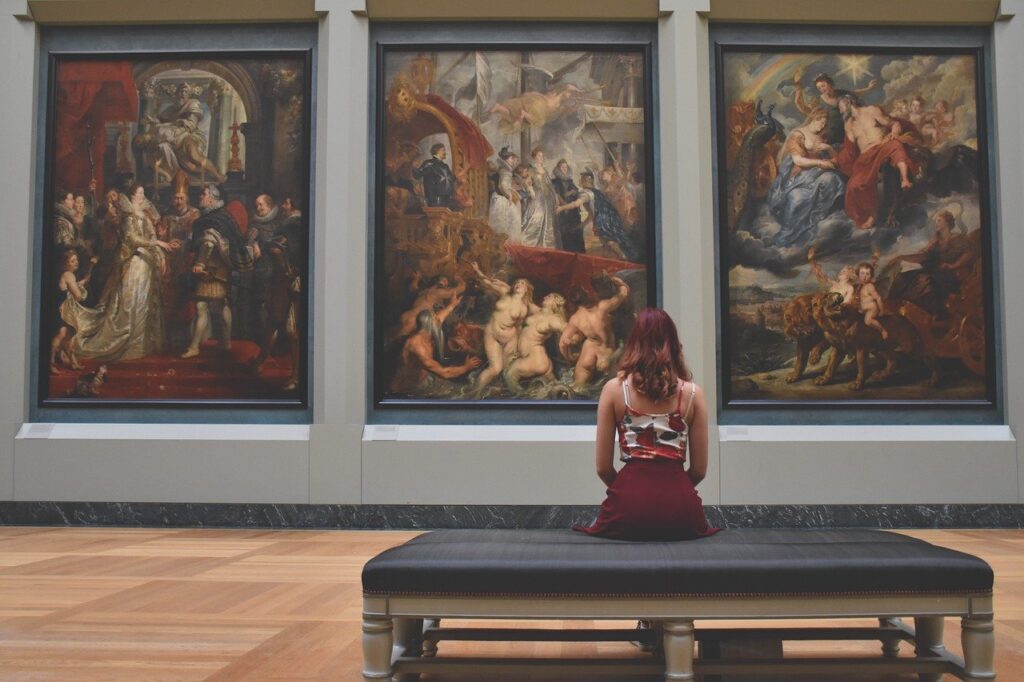Art has made great strides from the more than 70,000-year-old paintings in South Africa’s Blombos Cave to its presence in the EU’s 5th Anti-Money Laundering Directive (5AMLD). According to a 2019 research, the worldwide art industry was worth $67.4 billion in 2018. Art is an enormous business, drawing attention to both legal and illegitimate wealth.
Because of the nature of art, it is an appealing medium for money laundering. For starters, the worth of any effort is ultimately subjective and hence readily altered. Art may also be easily smuggled or otherwise transferred, and associated transactions can be carried out quietly and anonymously.
“A picture is worth a thousand words,” they say. Art, on the other hand, has the ability to launder millions of dollars. The value of art in money laundering is not new, but it appears that many people were unaware of it until recent European legislation was drafted.
From songwriter Terrence Thornton wordplay “The Warhols on my walls paint a war story, Had to find other ways to invest” (a mention to Andy Warhol’s paintings) to Jaime Botin, the uncle of Banco Santander Group Executive Chair (Ana Botin), who was convicted to 18 months in jail for trying to smuggle and purchase artwork, the importance of art hits everything from music to financial services dynasties.
Jaime was just imprisoned, fined $58 million, and a Pablo Picasso picture was confiscated. He was convicted of trafficking Picasso’s artwork “Head of a Young Woman,” which was estimated at c$26 million. Prosecutors took the picture from Jaime’s boat when they feared he intended to sell it. He’d brought it to Corsica in defiance of a court ruling that it be kept in Spain due to its cultural significance to the nation.
Anyone looking for an example of how much value can be derived from art need to go no farther than Leonardo da Vinci’s “Salvator Mundi.” It is now the most valuable painting ever auctioned, sold by Christie’s in 2017 for $450,312,500 to the Abu Dhabi Department of Culture and Tourism. .
Defining Art
Although 5AMLD does not provide an answer to the age-old issue of what “Art” is, practitioners in the United Kingdom do have some instruction on the subject. The Money Laundering and Terrorist Financing (Amendment) Regulations 2019, which transpose 5AMLD in the UK, refers viewers to Section 21 of the Value Added Tax Act (6).
A “piece of art” is defined in this context as:
- Hand-painted paintings, sketches, collages, beautiful plaques, or similar images
- Engravings, lithographs, and other prints that are originals
- Statues or monuments
- Sculpture molds
- Vases and other wall hangings
- Pottery
- Copper enamels
- Photography
.
Interpol’s Art Theft Report
Interpol issued its 2020 report, titled ‘Assessing Crimes Against Cultural Property,’ which highlighted shifting criminal tendencies in relation to art thefts.
The research provides a bleak picture of how the theft of culturally significant artifacts and treasured pieces of art has continued unchecked – and in some cases been aggravated – by tight restrictions implemented by governments throughout the world in response to the COVID-19 outbreak. In response, Interpol created the ID-Art mobile Application in May 2021, a database that aids in the identification of stolen cultural products and the fight against illegal business.
.
Fight against the Art Theft and Money Laundering
There is a lot to think about and move on for both the art sector and financial organizations. The regulatory demand may be especially difficult for small to medium art dealers. Financial institutions with art world customers should evaluate how they will analyze risks, review their clients’ compliance programs, and discover and evaluate possibly suspicious transactions of clients who may be purchasing or selling unregulated art (such as from individuals). Financial companies should also evaluate how they will handle the risks of clients involved in the sale of antiquities that fall beyond the purview of the legislation, mainly because illegal antiquities have been frequently utilized to support terrorist organizations such as ISIS.
.
November 11, 2021, published on Sanction Scanner






